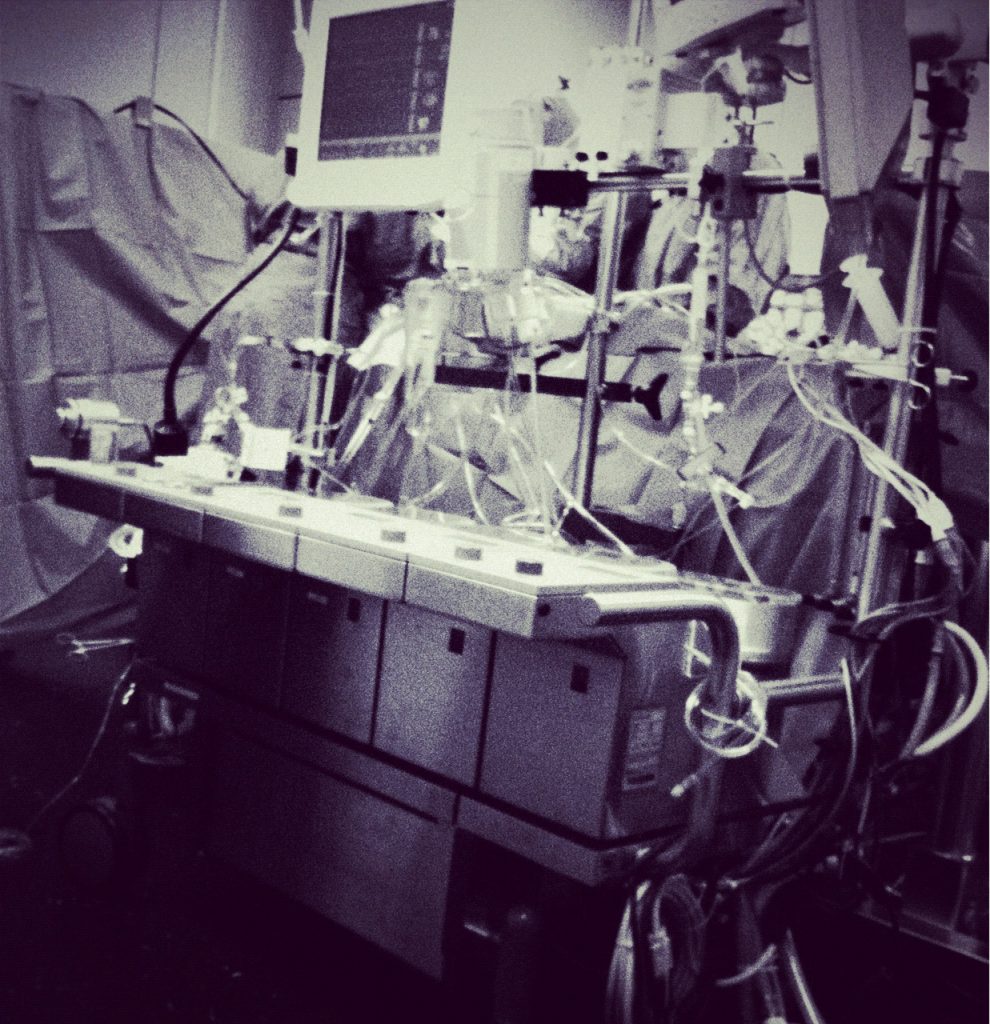Aortic Calcifications on Routine Preoperative Chest X-ray and Perioperative Stroke During Cardiac Surgery: a Nested Matched Case–Control Study

Objectives
Perioperative stroke in cardiac surgery is most often embolic in origin. Preoperative chest X-ray (CXR) is routinely used amongst others to screen for relevant aortic calcification, a potential source of embolic stroke. We performed a nested matched case–control study to examine the relationship between aortic calcifications on CXR and the occurrence of embolic stroke.
Methods
Among all consecutive patients undergoing cardiac surgery in our hospital between January 2014 and July 2017, we selected all patients with perioperative embolic stroke (cases). Controls, all patients without perioperative stroke, were matched on age, sex and type of surgery. All preoperative CXRs were scored for aortic calcifications (none, mild, severe) in the ascending aorta, arch, aortic knob and descending aorta.
Results
Out of the 3038 eligible patients, 27 cases were detected and 78 controls were selected. In the stroke group, mild-to-severe calcifications were found least often in the ascending aorta [9% of patients, 95% confidence interval (CI) 1–29%] and most frequently in the aortic knob (63% of patients, 95% CI 44–78%). The distribution of aortic calcification was comparable in cases versus controls.
Conclusions
Calcification burden was comparable between the cases and their matched controls. In our study population, CXR findings on aortic calcification were not related to the risk of embolic stroke. In these patients, the correlation between findings on the preoperative CXR and the risk of stroke might, therefore, be too weak to use the CXR directly for the assessment of the safety of manipulating the ascending aorta during surgery.
